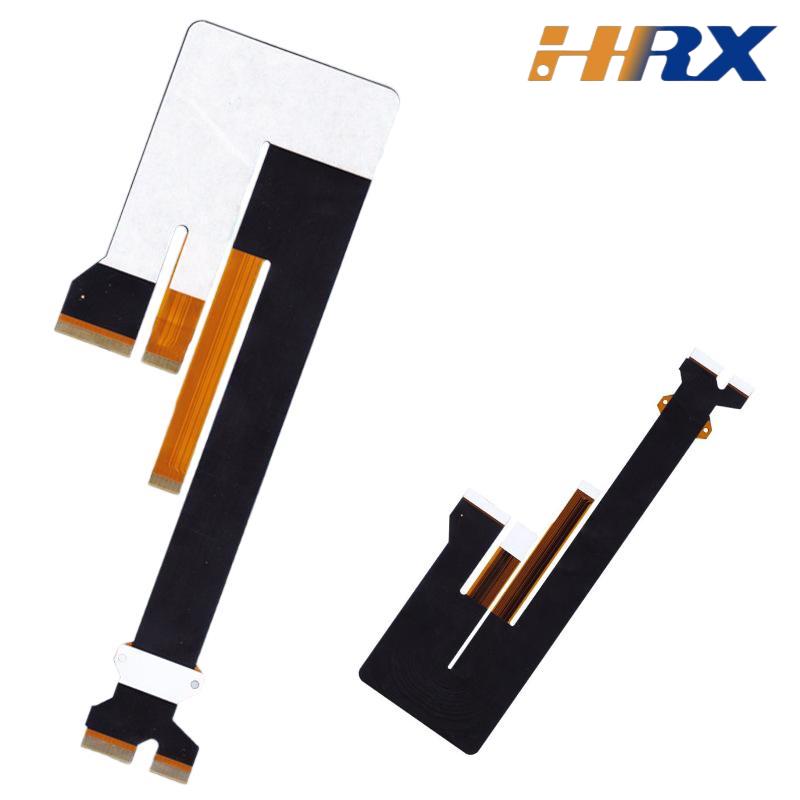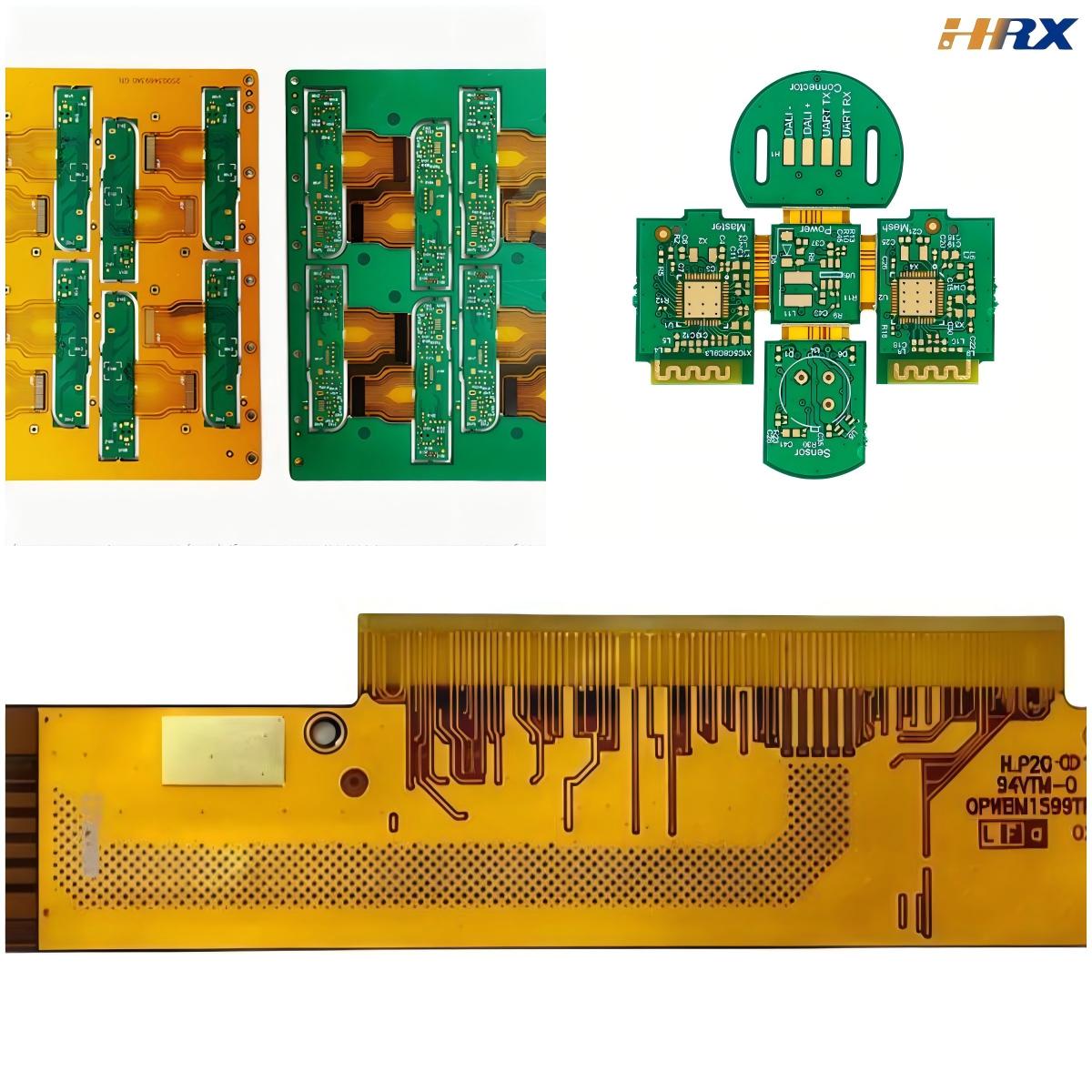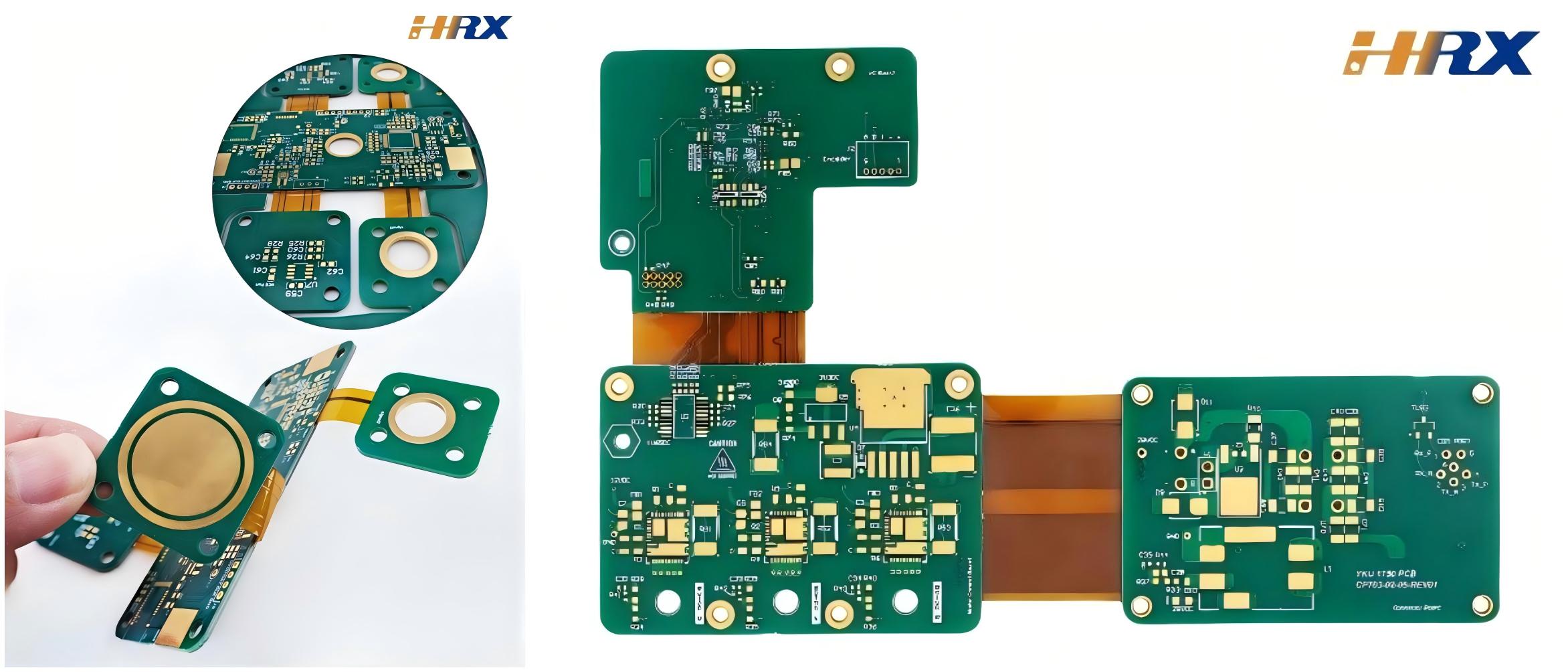Search
Automotive FPC: Critical Design, Manufacturing & QA Protocols for Vehicle Electronics
- Jul 19,2025
-
Share
In the rapidly evolving landscape of automotive electronics, Automotive Flexible Printed Circuits (FPC) have become indispensable components, enabling miniaturization, weight reduction, and reliable connectivity in advanced vehicle systems. From ADAS (Advanced Driver - Assistance Systems) to in - vehicle infotainment (IVI) and EV battery management systems (BMS), high - performance Automotive FPC solutions are driving innovation. However, the unique operational demands of automotive environments—including extreme temperature fluctuations, vibration, chemical exposure, and stringent safety standards—require meticulous attention to design, manufacturing, and quality assurance.Shenzhen Huaruixin Electronics Co., Ltd., a leading FPC manufacturer with ISO certification and decades of expertise in flexible circuit design, delivers tailored Automotive FPC solutions that address these challenges.

Design Excellence in Automotive FPC Engineering
Automotive FPC design demands a synergistic approach to material science, electrical performance, and mechanical durability. Key considerations include:
Material Selection: High - grade polyimide (PI) substrates with superior Tg (glass transition temperature) (>260°C) ensure stability across -40°C to +150°C operating ranges. Adhesive - free copper clad laminates (ACCL) minimize outgassing and enhance thermal conductivity, critical for EV FPC applications in battery packs.
Huaruixin’s engineering team specializes in selecting materials compliant with IEC 60664 for creepage and clearance, ensuring safety in high - voltage systems.
Circuit Layout Optimization: Advanced DFM (Design for Manufacturability) principles guide copper trace routing to reduce crosstalk and maintain signal integrity in high - speed data transmission (up to 10Gbps for automotive Ethernet). Controlled impedance designs (50Ω/100Ω) are standard for ADAS radar and camera modules. Flex zones are reinforced with polyimide stiffeners to withstand dynamic flexing (100,000+ cycles) in folding displays or movable sensors.
Reliability Engineering: Thermal cycling simulation (using ANSYS tools) predicts stress points, while vibration testing (per ISO 16750 - 3) ensures survival in harsh conditions. Huaruixin’s proprietary flexural endurance testing validates performance under repeated bending, a critical requirement for automotive interior FPC in seat sensors and steering - wheel controls.
Precision Manufacturing for Automotive FPC
Automotive FPC production requires advanced processes to meet tight tolerances and zero - defect standards:
High - Precision Etching: Using LDI (Laser Direct Imaging) with 25μm line/space capabilities, Huaruixin achieves consistent copper trace accuracy, essential for high - density automotive FPC in autonomous driving systems. AOI (Automatic Optical Inspection) at multiple production stages detects micro - defects invisible to the naked eye.
Controlled Lamination: Vacuum lamination systems ensure bubble - free bonding of coverlay and stiffeners, with temperature uniformity (±1°C) to prevent delamination. For high - temperature automotive FPC, pressurized curing enhances adhesive strength, meeting UL 94 V - 0 flammability ratings.
Cleanroom Assembly: Class 10,000 cleanrooms prevent particulate contamination during solder paste printing and SMT (Surface Mount Technology) placement, critical for automotive sensor FPC where even minor debris can cause signal failure.
Rigorous Quality Assurance for Automotive FPC
Compliance with automotive standards mandates comprehensive testing protocols:
Electrical Testing: 100% ICT (In - Circuit Testing) verifies continuity, while hipot testing (500V DC) ensures insulation integrity. Time Domain Reflectometry (TDR) validates impedance control for high - frequency applications.
Environmental Validation: Thermal shock testing (-55°C to +125°C, 1,000 cycles) and humidity cycling (85°C/85% RH) simulate long - term exposure. Chemical resistance testing (to oils, fuels, and cleaning agents per ISO 16750 - 4) guarantees durability in engine bays and undercarriage applications.
Mechanical Verification: Peel strength testing (>0.7N/mm) confirms adhesion, while flex testing (per IPC - TM - 650 2.4.30) validates flex life in dynamic applications. Huaruixin’s FAI (First Article Inspection) process ensures compliance with customer specifications before mass production.
As a trusted ODM/OEM partner for tier - 1 automotive suppliers, Shenzhen Huaruixin Electronics combines cutting - edge technology with lean manufacturing to deliver custom Automotive FPC solutions. Our expertise spans rigid - flex PCBs, high - temperature FPC, and miniaturized FPC for next - generation vehicles.
If you’re seeking reliable Automotive FPC manufacturers for your project, contact Huaruixin today. Visit www.hrxfpc.com to explore our FPC capabilities or email sales@hrxfpc.com to discuss your specific requirements. Let’s collaborate to drive innovation in automotive electronics.

Let’s talk! We’ll provide the perfect solution for you!
-
 Huaruixin Electronics mainly produces printed circuit boards as the core business, to provide customers with one-stop solutions for FPC/PCB production, components sourcing and Assembly.
Huaruixin Electronics mainly produces printed circuit boards as the core business, to provide customers with one-stop solutions for FPC/PCB production, components sourcing and Assembly. - WHAT WE DO — PCB Design Solutions — Flex PCB Production — Components Sourcing — FPC&PCB Assembly
- PRODUCTS — Single Sided Flexible Circuits — Double Sided Flexible Circuits — Multilayer Flexible Cirucits — Rigid-Flex Circuits — FPC Assembly — PCB Assembly
- CAPABILITY — FPC Capability — Rigid-Flex Capability — PCB Capability — Assembly Capability
- Copyright © 2024 Shenzhen Huaruixin Electronics Co., Ltd. All Rights Reserved.
- Design By BONTOP


